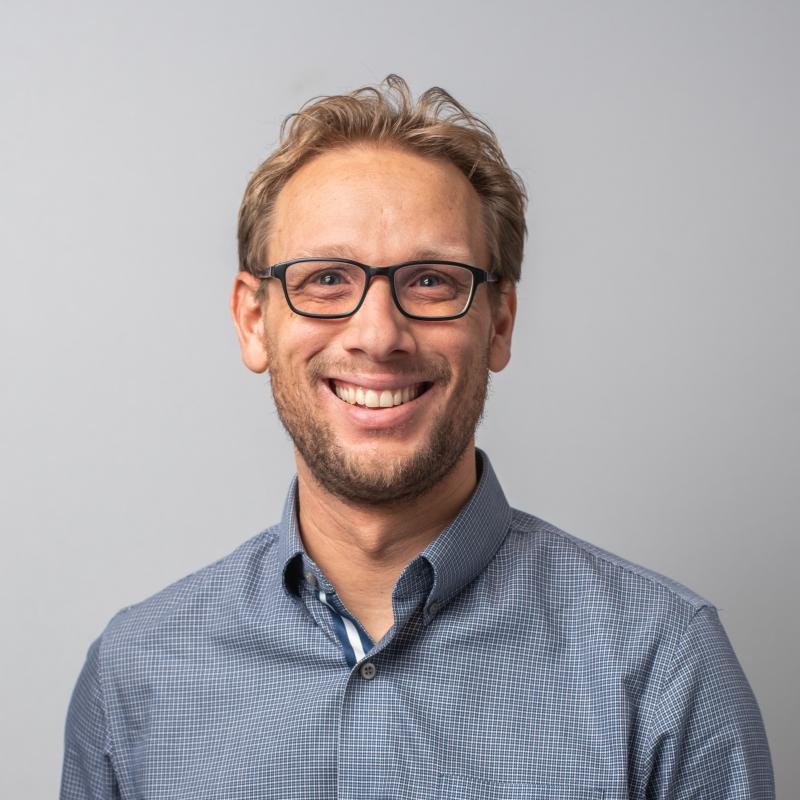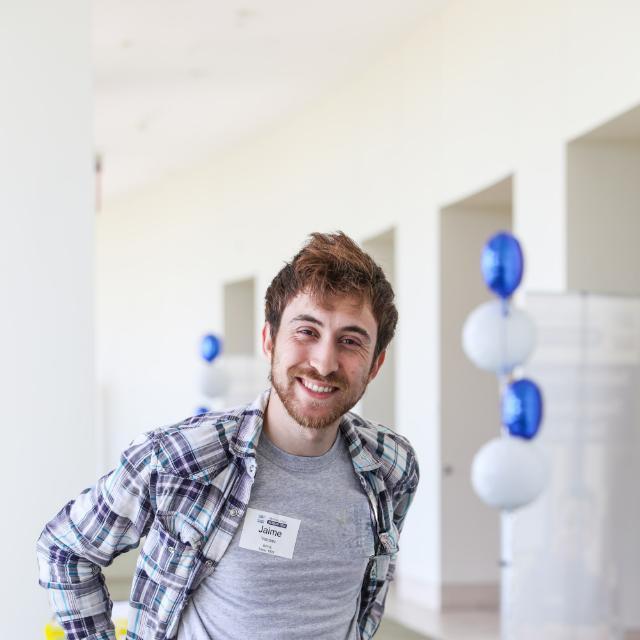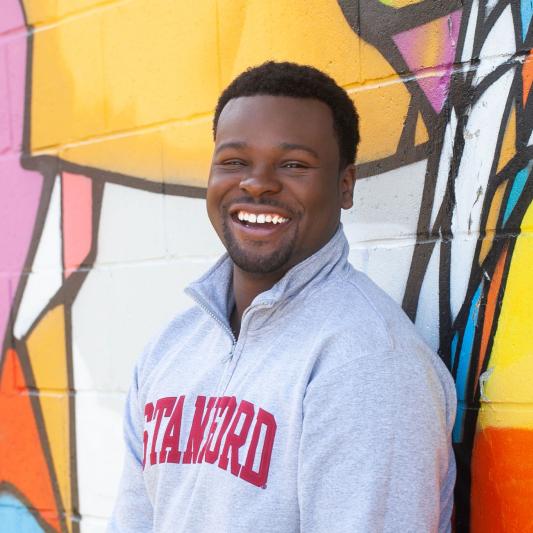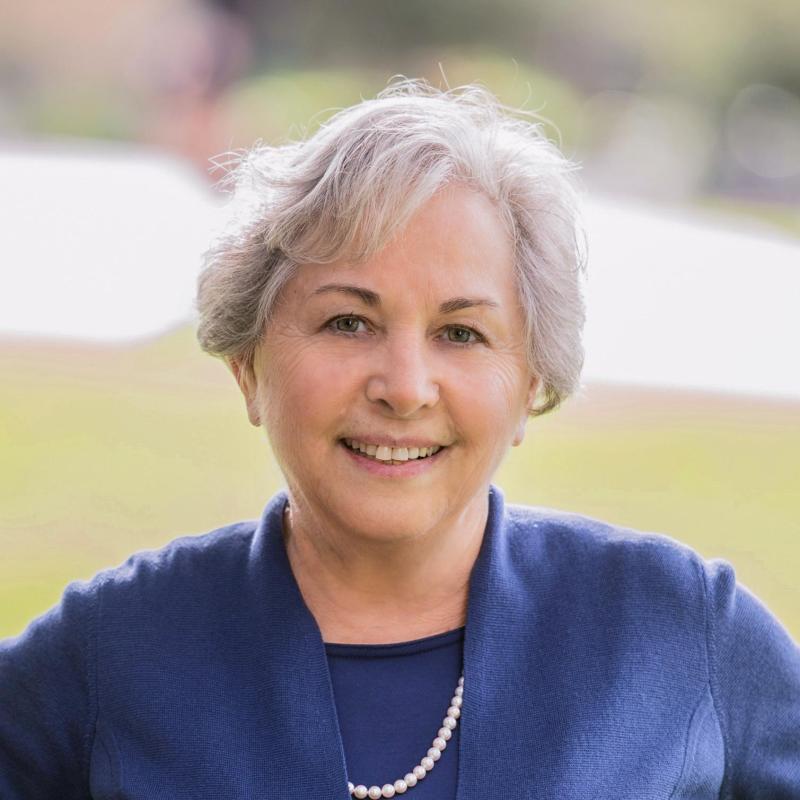
Jason Yeatman
Jason Yeatman was majoring in political science at UC San Diego when his curiosity led him to try a neuroscience course – and instantly captivated, he found himself on a new path. He began volunteering at a lab studying drug addiction, marveling at how the brain could change in ways that would drive such destructive behavior.
But the vast majority of neuroscience research was done with mice or cells in petri dishes, and he wanted to work with humans. He took a job as a research assistant in a pediatrics lab at Stanford – working with children – and stayed on to earn a PhD in psychology, developing new imaging methods for studying the relationship between brain plasticity and learning.
“I’m interested in the underlying mechanisms of learning,” says Yeatman, who joined the Stanford faculty last year as an assistant professor of education and pediatrics. “Instead of just seeing a change in behavior after an intervention, I want to know how it occurs – how brain circuits implement what children are learning.”
Yeatman is the university’s first joint faculty appointment between the Graduate School of Education and Stanford Medicine. His research uses imaging techniques like MRI to monitor changes in the brain as children learn, linking those changes with instructional practices – a type of curriculum, for example, or the way lessons are delivered. He’s primarily focused on how children learn to read: how connections between different regions of the brain change during the process, and how that varies in children with learning differences such as dyslexia.
“If a child is struggling with reading, there are many questions about why, what to do and when,” he says. “The hope is that by understanding the root of that struggle in the brain, we’ll know the particular intervention for that child that will work best.”



